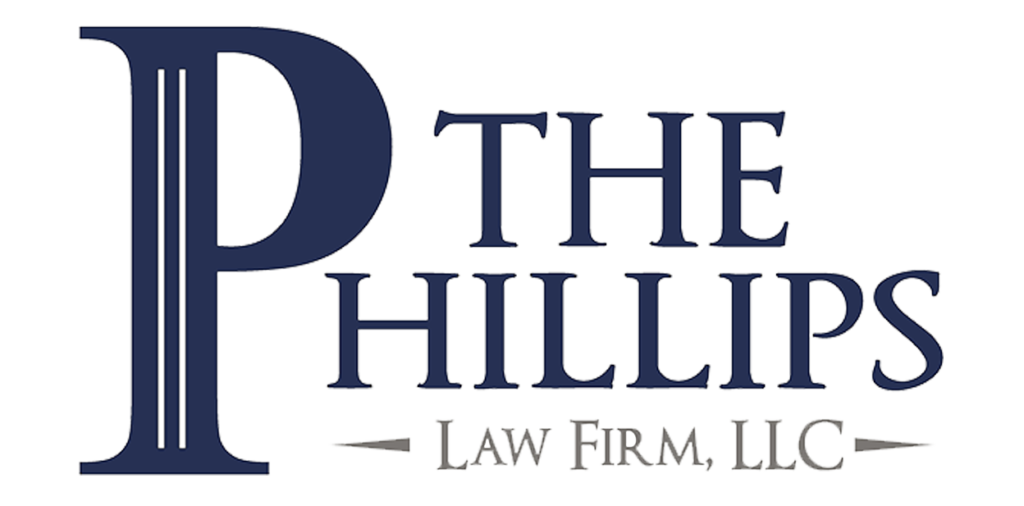Over the years, researchers have proposed various explanation for why a driver flees the scene of a collision. For example, the Rational Decision Theory posits that hit-and-run drivers intentionally chose to flee the scene. They reason that the benefits of avoiding responsibility for the crash outweighs the risk of being caught and prosecuted. RDT proponents note that many hit-and-runs occur at night and outside densely populated urban areas. These factors seem to bolster the RDT.
But whatever the reason, there is no doubt that the number of hit-and-run fatalities is on the rise. And, the number of successful prosecutions has not kept pace with this increase. That’s probably because of proof issues in criminal court, as outlined below.
Fortunately, Marietta personal injury attorneys use proven methods to track down runaway tortfeasors (negligent drivers) and hold them responsible for their actions. A disproportionate number of these incidents involve alcohol, so they are quite complex.
Damages in a hit-and-run or other car crash usually include compensation for economic losses, such as medical bills, and noneconomic losses, such as pain and suffering. Additional punitive damages may be available as well.
Criminal vs. Civil Court
When lawyers throw around words like “preponderance” and “reasonable,” people understandably get confused. So, to illustrate the proof differences between civil and criminal court, let’s look at the following example.
One particularly dark night, Tim was riding his bicycle when a speeding driver hit him and killed him. Alice, the only witness, did not see who was driving the vehicle. But the dark-colored four door pickup truck slowed down enough for her to see the last three letters of the license plate, which were ALT. She remembered them well because those are her initials.
During his investigation, Officer Tracy checks the DMV records for a pickup with a license plate ending in ALT. She traces the registration to Phil, who says he was home all night. Mike, his brother who lives down the street, sometimes borrows the truck. When Officer Tracy asks about the damage to the fender, Phil says he struck a tree.
That is not very much to go on. If Cobb County prosecutors press charges, they must use these facts to establish guilt beyond a reasonable doubt. Typically, the state must produce a witness who saw the defendant behind the wheel at or near the scene of the crash.
Alice’s testimony, though it will probably stand up in court, may not fit the bill. At best, her testimony and Officer Tracy’s investigation proved that Phil owned the car. Additionally, Officer Tracy’s investigation showed a reasonable chance that Phil was not the driver.
If Phil could not corroborate his “I was home all night” alibi, the jury might have enough evidence to convict Phil. But even then, it’s doubtful.
Now assume Tim’s survivors sue Phil in civil court. In this venue, the burden of proof is only a preponderance of the evidence (more likely than not).
Alice conclusively identified the vehicle, and Officer Tracy tied the vehicle to Phil. His weak alibi along with his halfhearted attempts to explain the damage and blame the incident on his deadbeat brother my have some credence. But it is more likely than not that the owner was driving a vehicle at a particular time.
Liability Issues
Driver error causes about 95 percent of the car crashes in Marietta. Sometimes, the error is truly an accident. Perhaps a driver turns to look for something in the back seat at the same moment the car in front slams on its brakes. But nearly all these incidents involve a lack of care. That could be either of the following:
- Ordinary Negligence: Most drivers have a duty of reasonable care. They must obey the rules of the road, driver defensively, and avoid accidents if at all possible. Motorists who breach this duty in any way might be legally responsible for car crash damages.
- Negligence Per Se: The rules of the road include things like speed limits and signal use requirements. Tortfeasors (negligent drivers) who violate these laws and cause crashes may be responsible for damages as a matter of law. It does not matter how careful they were.
Sometimes, the tortfeasor is not the only party that is responsible for damages. As mentioned, many hit-and-run crashes involve alcohol. Frequently, the bar, restaurant, or other entity the provided the alcohol is vicariously liable for damages.
Third party liability is especially important in catastrophic injury claims, like wrongful death. Many times, individual tortfeasors do not have enough insurance coverage to provide fair compensation. That’s especially true in Georgia, because the Peach State has a very low auto insurance minimum requirement.
What to Expect in a Hit-and-Run Case
Since the victim/plaintiff has the burden of proof, most successful claims hinge on evidence. To find witnesses and other sources of proof, Marietta personal injury attorneys often partner with private investigators.
If the tortfeasor is located, or at least substantially identified as outlined above, hit-and-run claims are just like other car crash claims. Attorneys send demand letter to insurance companies. If liability is reasonably clear, many cases settle at that point. Other claims settle after the victim/plaintiff files legal documents and the Cobb County judge sends the claim to mediation.
If the tortfeasor remains at large, victims still have legal options. Most people may file claims against their own insurance companies in these situations. If the claim does not settle early, the matter typically goes to arbitration instead of court. Arbitration is a streamlined dispute resolution process which encourages voluntary, out-of-court settlements.
Contact an Aggressive Lawyer
Hit-and-run victims usually have legal options. For a free consultation with an experienced personal injury attorney in Marietta, contact The Phillips Law Firm, LLC. You have a limited amount of time to act.

